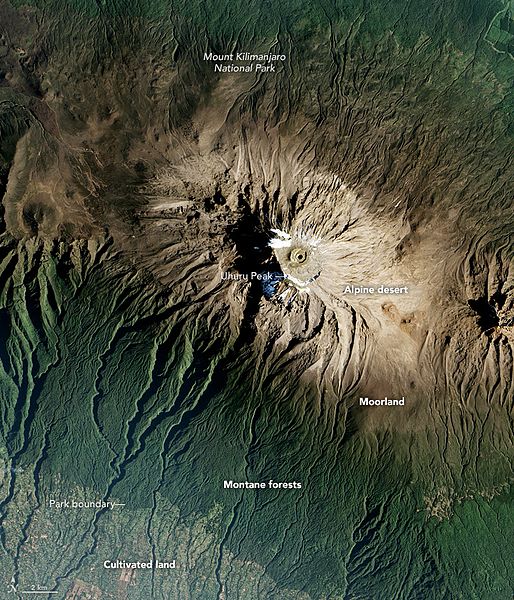Berkas:Kilimanjaro from space 2016.jpg

Ukuran pratayang ini: 514 × 600 piksel. Resolusi lainnya: 206 × 240 piksel | 411 × 480 piksel | 720 × 840 piksel.
Ukuran asli (720 × 840 piksel, ukuran berkas: 371 KB, tipe MIME: image/jpeg)
Riwayat berkas
Klik pada tanggal/waktu untuk melihat berkas ini pada saat tersebut.
| Tanggal/Waktu | Miniatur | Dimensi | Pengguna | Komentar | |
|---|---|---|---|---|---|
| terkini | 8 Februari 2017 03.18 |  | 720 × 840 (371 KB) | Tillman | {{Information |Description ={{en|1=Stories about Mount Kilimanjaro often focus on its height and location. The mountain—the tallest in Africa—is capped with snow and ice, despite sitting at a tropical latitude close to the equator. This volcanic... |
Penggunaan berkas
Halaman berikut menggunakan berkas ini:
Penggunaan berkas global
Wiki lain berikut menggunakan berkas ini:
- Penggunaan pada av.wiki-indonesia.club
- Penggunaan pada ban.wiki-indonesia.club
- Penggunaan pada bcl.wiki-indonesia.club
- Penggunaan pada ca.wiki-indonesia.club
- Penggunaan pada en.wiki-indonesia.club
- Penggunaan pada ja.wiki-indonesia.club
- Penggunaan pada min.wiki-indonesia.club
- Penggunaan pada sd.wiki-indonesia.club
- Penggunaan pada sl.wiki-indonesia.club
- Penggunaan pada sr.wiki-indonesia.club
- Penggunaan pada uk.wiki-indonesia.club


